Eleven Endangered Historic Places That Tell Complex American Stories
The National Trust for Historic Preservation’s 2021 list includes Mississippi hotel, Navajo trading post and California railroad tunnels
:focal(582x342:583x343)/https://tf-cmsv2-smithsonianmag-media.s3.amazonaws.com/filer/05/f1/05f162dd-a85a-4119-befc-6a26fe7dfda7/donner_train_tunnels_and_snow_sheds_6970086695_1.jpg)
What do a birthing center that served Black women in the Jim Crow South, railroad tunnels built by 19th-century Chinese laborers and islands housing Boston’s most intact Native American archaeological landscape have in common? According to a new report, they’re all important historical sites that rank among the most endangered in the country.
As Neda Ulaby reports for NPR, these three locales feature prominently in the National Trust for Historic Preservation’s annual 11 Most Endangered Historic Places list. Selected sites are under threat from development, climate change or neglect.
“This list draws attention to historic places we must protect and honor—not only because they define our past, but also because the stories they tell offer important lessons for the way forward together,” says the trust’s president, Paul Edmondson, in a statement. “These 11 places celebrate the fact that our past is a multicultural fabric that, when pieced together, reveals our true identity as Americans.”
Among the listed sites is the Georgia B. Williams Nursing Home in Camilla, Georgia. Per Fox 5 Atlanta, the building was the home and workplace of Beatrice Borders, a midwife known as Miss Bea. She and her assistants delivered more than 6,000 babies during the Jim Crow era, when Black people undergoing childbirth had few options for medical care. In operation between roughly 1941 and 1971, the business was the only known center of its kind in the rural South. Today, the house suffers from water damage and deterioration, but local advocates are working to turn it into a museum and educational center.
Another entry on the list is located on the other side of the country, where two tunnels that allowed the Transcontinental Railroad to make its way through California’s Sierra Nevada mountains stand. Ninety percent of the workers who constructed the train tracks were Chinese immigrants paid less than their white counterparts.
“These laborers are excavating 124 feet below the surface of the earth through solid granite,” Katherine Malone-France, chief preservation officer for the trust, tells the Art Newspaper’s Nancy Kennedy. “They’re working by lamplight and candlelight and using hand tools and nitroglycerin for blasting. These tunnels tell the story of the Chinese laborers who made the Transcontinental Railroad possible.”
Built between 1865 and 1867, the tunnels have since been covered in graffiti. Visitors have also disturbed artifacts at the site. The trust is advocating for protection of the area and historical interpretation.
A different type of danger is threatening the Boston Harbor Islands, which belong to the national and state park systems. Rising sea levels and intense storm surges are eroding the coasts, endangering historical and archaeological resources dating back thousands of years. The islands contain a rich store of artifacts from as early as 300 B.C., as well as objects linked to more recent historical events. Colonists imprisoned Native Nimpuc people on Deer Island during King Philip’s War (1675–76); two centuries later, during the 1840s, European immigrants were quarantined there.
“This designation is a call-to-action,” Kathy Abbott, president and CEO of Boston Harbor Now, tells WCVB 5. “This means investing in climate resilience solutions, ramping up community science and education initiatives, and continuing to raise broad awareness of the importance of the Islands to our region’s past, present, and future.”
Many of the sites on this year’s list center on Black history. The Riverside Hotel—a boarding house and inn in Clarksdale, Mississippi—helped birth the Delta Blues sound, hosting musicians such as Muddy Waters, Sam Cooke, Howlin’ Wolf and Duke Ellington. Threatt Filling Station and Family Farm in Luther, Oklahoma, was the only known Black-owned and operated gas station along Route 66 during the Jim Crow era. It reportedly acted as a haven for Black Oklahomans forced to flee Tulsa following the 1921 race massacre.
Morningstar Tabernacle No. 88 Order of Moses Cemetery and Hall in Cabin John, Maryland, was home to a post-Emancipation society that cared for the local Black community’s sick and poor. Pine Grove Elementary School in Cumberland, Virginia, opened in 1917 and later served as a center for education and action during the civil rights era.
Two other sites on the list are similarly famous for their role in the civil rights movement: the home of Detroit activist Sarah E. Ray and the Alabama campsites that hosted participants in the 1965 Selma to Montgomery march.
The list also includes Trujillo Adobe, the oldest known building in Riverside, California, and Oljato Trading Post in San Juan County, Utah. Both locations help tell complicated stories about interactions between Native American and settler populations.
Since 1988, the National Trust has named more than 300 sites across the United States to its endangered places list. Ninety-five percent of places listed over the past three decades have been successfully saved.
“We’re looking for sites that have a solution or vision for their future that allows them to be preserved, but also carries their legacies forward,” Malone-France told Elissavetta M. Brandon of Smithsonian magazine last September, when the 2020 list was released. “The purpose of the list is to elevate these places, then also to elevate ways in which people can take action—signing a petition, contacting a particular entity, learning more about the place through different digital resources.”
Speaking with the Art Newspaper, Malone-France adds that the trust focuses on sites that face serious threats and have groups already organized to help preserve them.
She says, “We’re also looking for places that could find a solution that might be applicable to other sites around the nation.”
/https://tf-cmsv2-smithsonianmag-media.s3.amazonaws.com/accounts/headshot/Livia_lg_thumbnail.png)
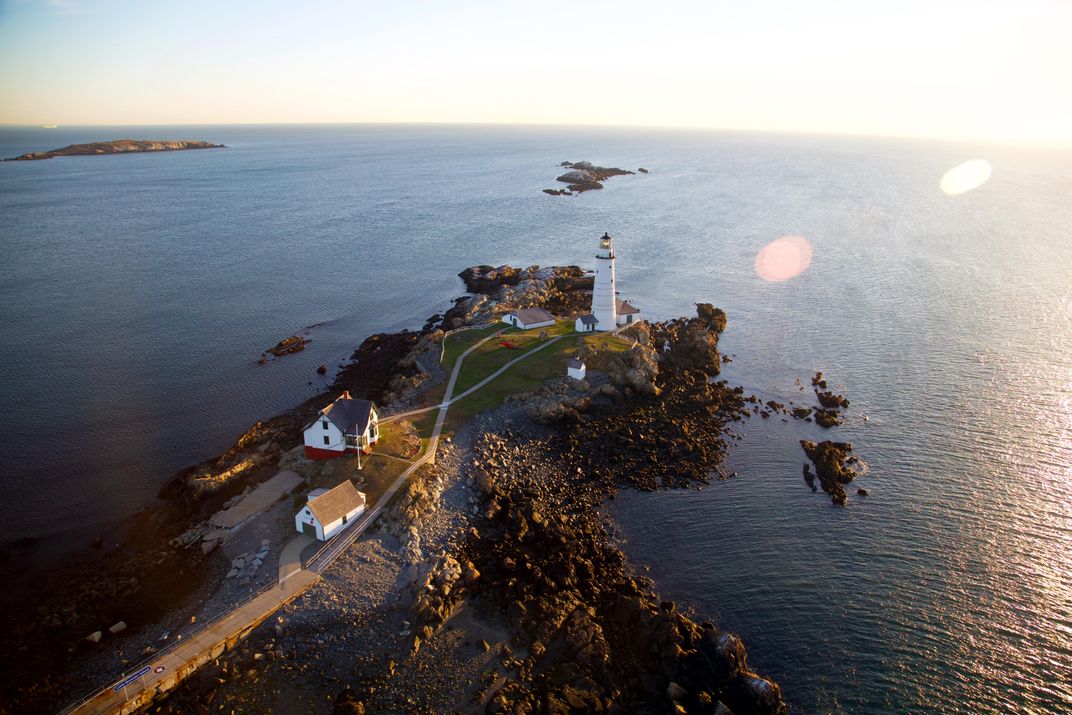
/https://tf-cmsv2-smithsonianmag-media.s3.amazonaws.com/filer/a4/cd/a4cd956a-d505-42ee-92f1-3abc1fd5067e/11most2021_summittunnels9_cralfredahart_loc.jpg)
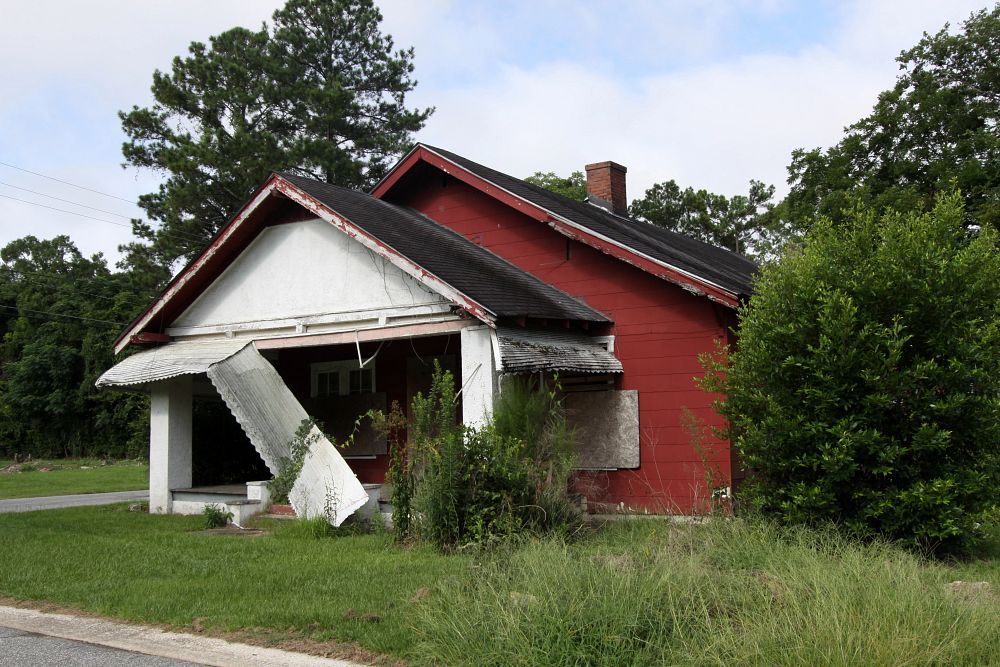
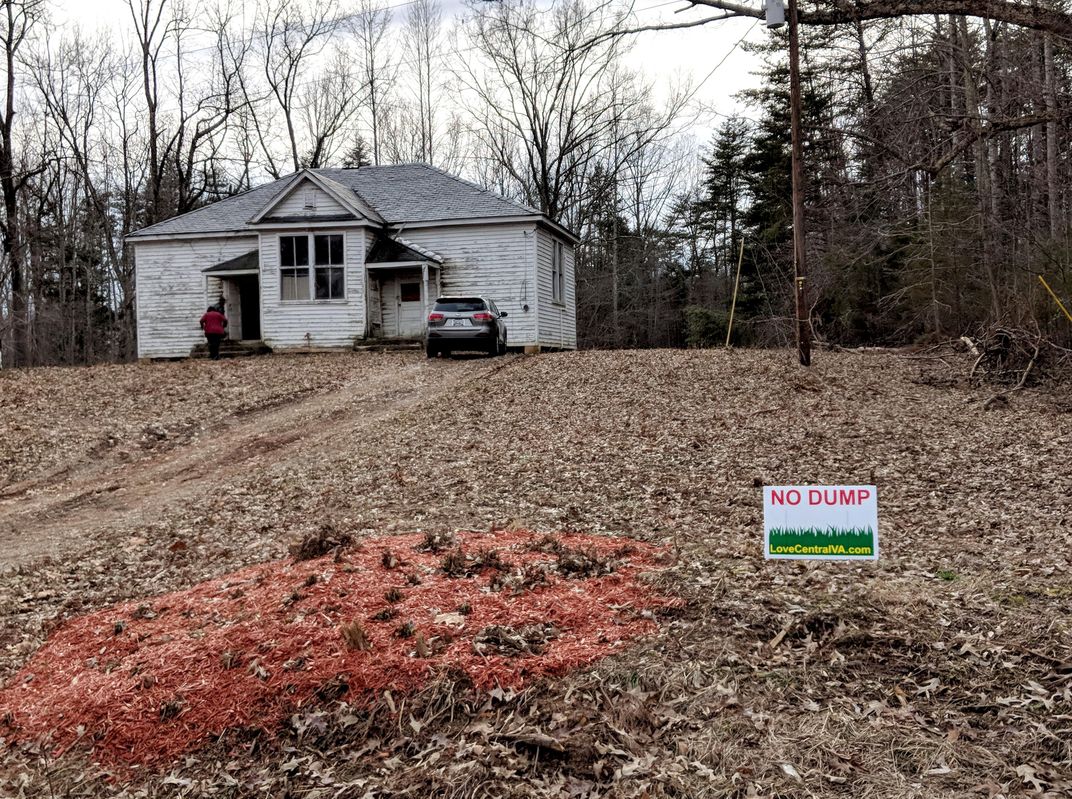
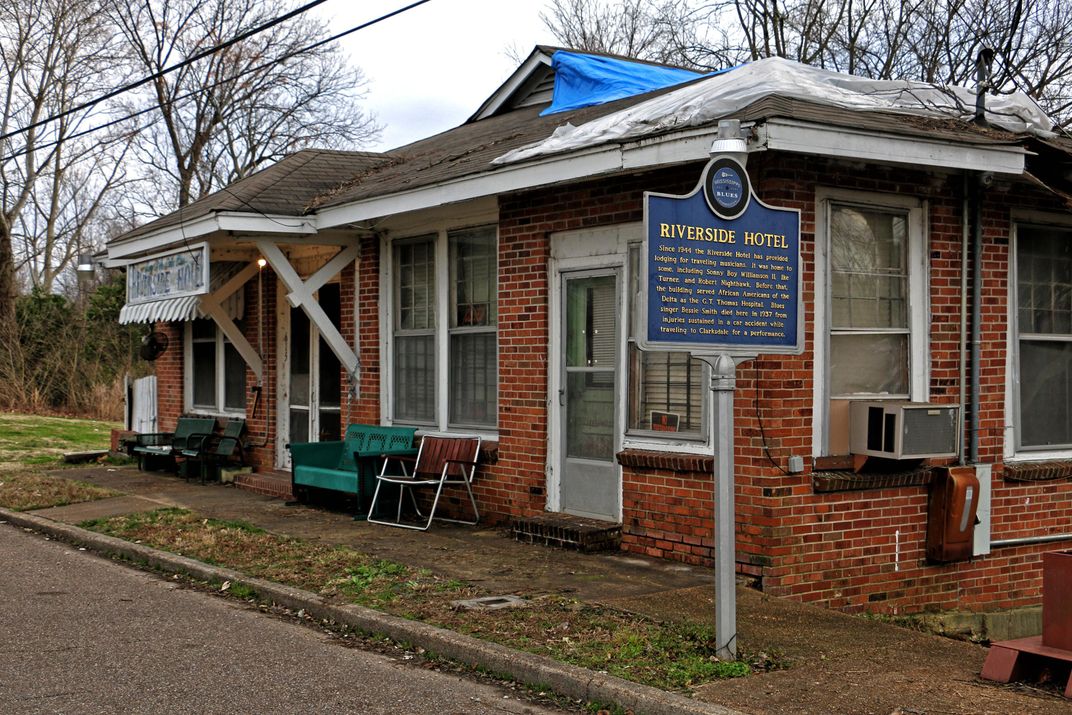
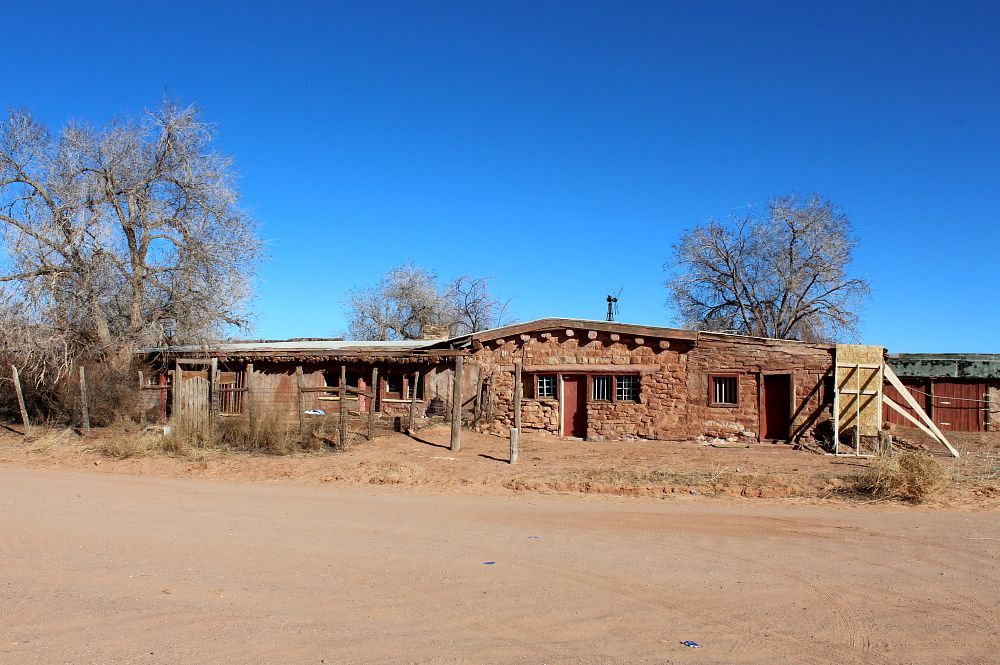
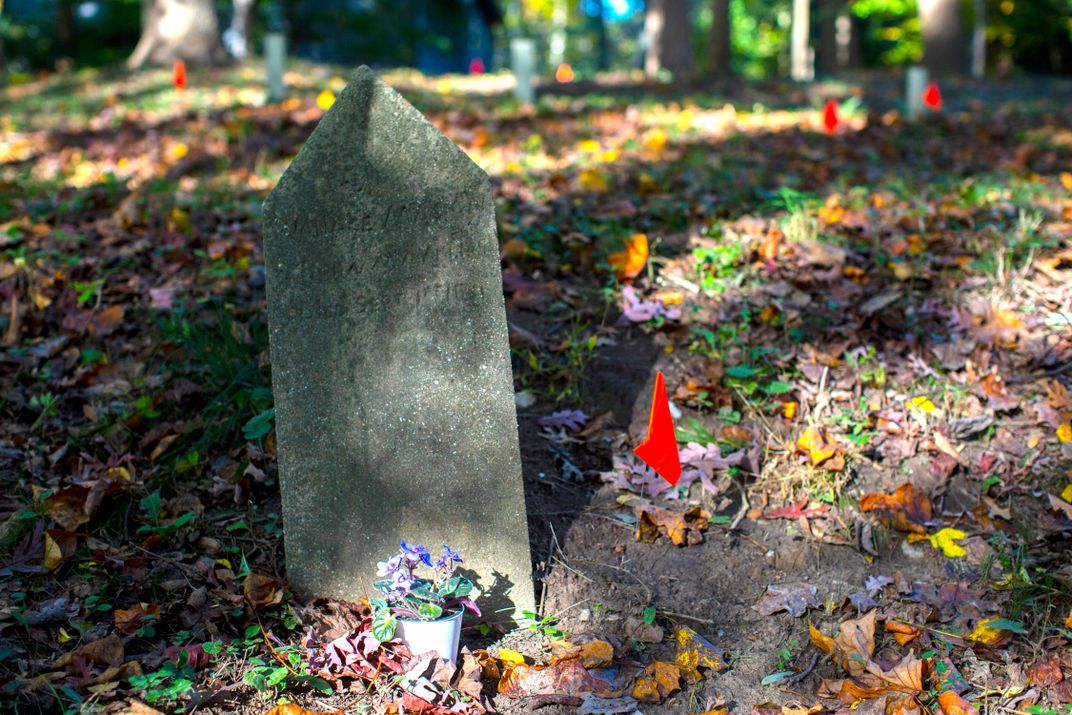
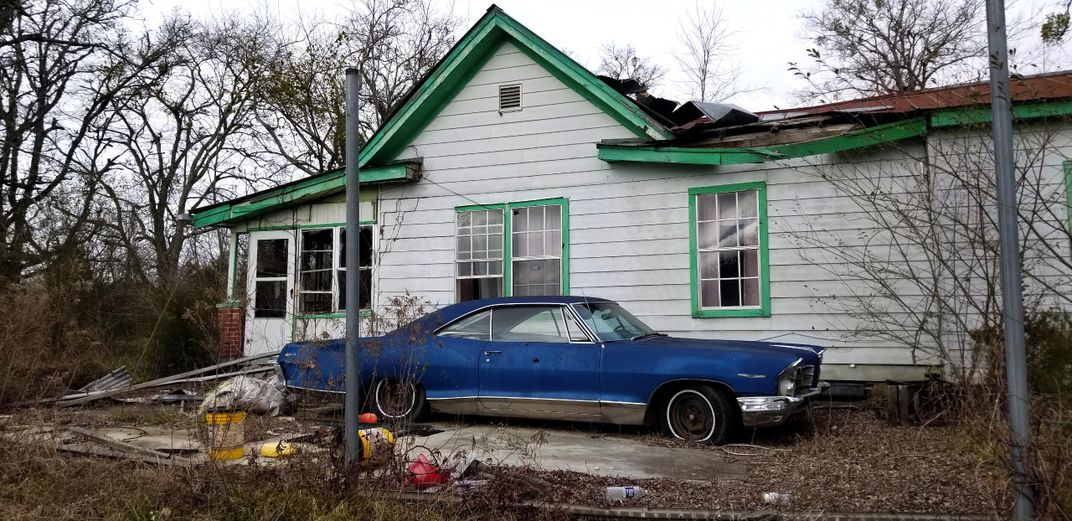
/https://tf-cmsv2-smithsonianmag-media.s3.amazonaws.com/accounts/headshot/Livia_lg_thumbnail.png)